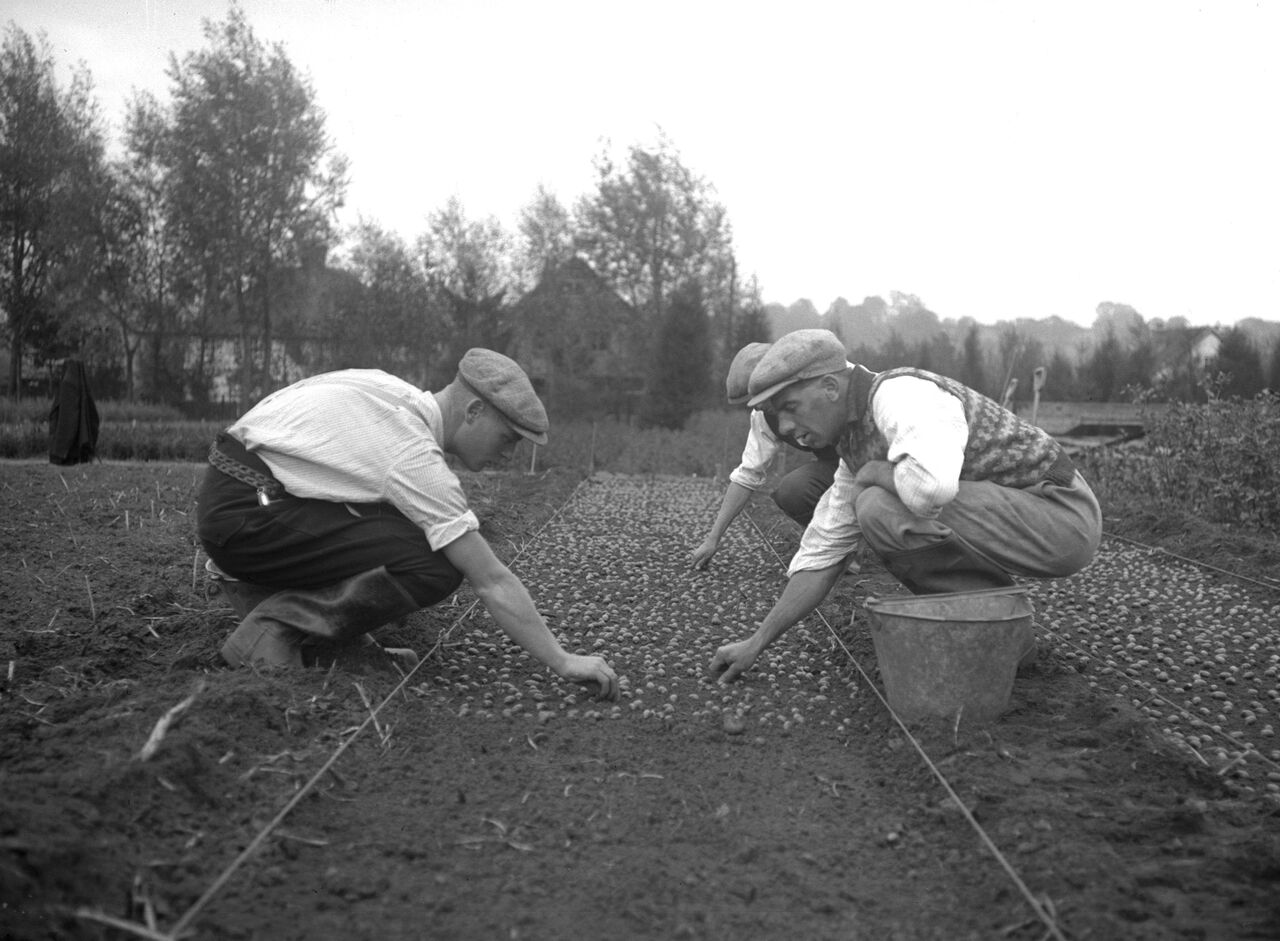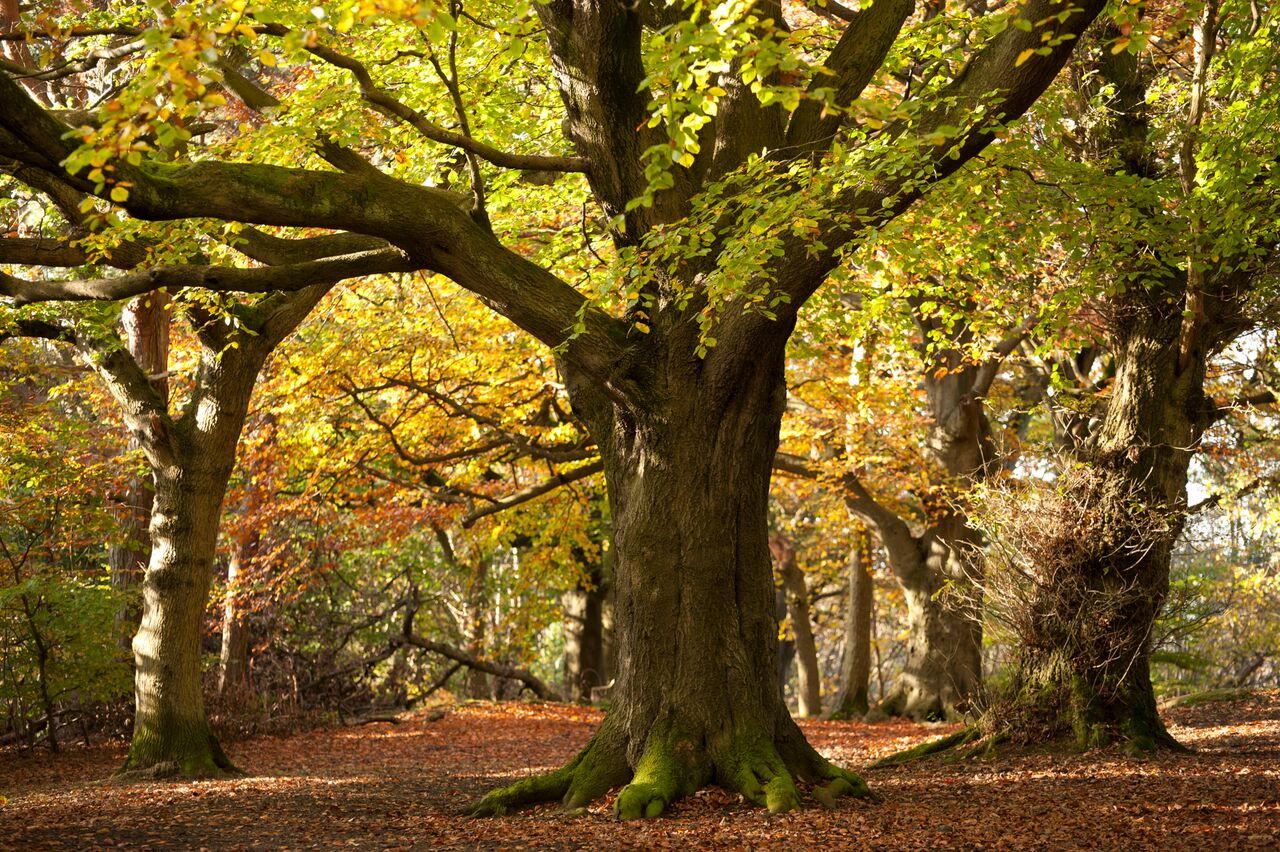100 years of forestry
 The Forestry Commission was founded to restore the nation’s timber reserves in the
wake of World War 1. Here's how 100 years of forestry has helped to shape our landscape.
The Forestry Commission was founded to restore the nation’s timber reserves in the
wake of World War 1. Here's how 100 years of forestry has helped to shape our landscape.
In September 1919, the first Forestry Act, which created the Forestry Commission and recognised the importance of forestry to the UK, came into force.
The beginnings
By the end of World War 1, the UK’s timber supply was much depleted. Britain’s forests had already suffered a steady decline since the Middle Ages, and the additional strain of the war – especially trench warfare – left the nation’s woodlands in a state of disrepair.
From a countryside that was once largely forest, just 5 per cent of tree cover remained, and urgent action was required to address growing concerns.
In 1918, the Acland Committee reported to then prime minister, David Lloyd George, that an organisation with state backing would be the most effective way of restoring and restocking the nation’s forests.
On 1 September 1919, the Forestry Act came in to force, establishing the Forestry Commission and granting it responsibility to look after woods across England, Scotland, Ireland and Wales (Gazette issue 31837).
By Christmas of the same year, the first Forestry Commission trees had been planted at Eggesford in Devon, turning the tide for post-war woodlands, and paving the way for the future of forestry in Britain.
Post-war planting
In the years that followed, the Commission was given the  confidence and freedom to focus on acquiring and planting new woodland. Hundreds of
thousands of acres were planted, but more turbulent times lay ahead.
confidence and freedom to focus on acquiring and planting new woodland. Hundreds of
thousands of acres were planted, but more turbulent times lay ahead.
As tensions mounted across Europe, the Commission had to draw up felling plans in the event of another war. The Forest of Dean and New Forest were hit hardest, and while scores of trees were felled, the Commission continued to expand; growing its workforce and planting more forests.
The subsequent decades witnessed a dramatic increase in productivity for the Commission, as forests were expanded due to fuel demand for a burgeoning timber trade.
Technologies and mechanical equipment simultaneously improved, alongside a growing awareness of public recreation needs, and the importance of conservation for wildlife and the environment.
Woodland grants schemes, which had existed since the formation of the Commission, evolved and provided different incentives. These included awards for broadleaf planting, and for landowners who considered public access.
Over time, the Forestry Commission evolved into a multi-faceted organisation, centred on forestry, but effecting huge influences across other areas of society. The Commission’s research division continues to influence forestry and land management policies both in the UK and internationally.
While its core purposes – as outlined by the 1919 Forestry Act – have remained intact, the organisation has adapted to changing social and environmental needs.
Current work
Over the last few decades, environmental concerns have gradually emerged at the forefront of forest management. In 2009, 99 per cent of sites of special scientific interest (SSSIs) on Forestry Commission land had been given a rating of favourable.
The Commission works with a range of conservation organisations to help threatened species such as the red squirrel and nightjar, while it is diversifying planting in response to the effects of a changing climate.
Recent years have also witnessed an increase in leisure and tourism, resulting in the development of new walking and mountain bike trails, live music events, cabin stays and wildlife walks. As well as being the country’s largest landowner, the Commission is now the largest single provider of outdoor recreation in England.
Crucially, since the Commission was established 100 years ago, forest cover in England has more than doubled. While there will always be challenges – from pests and diseases to climate change – the decline of Britain’s woodlands has been reversed, and there is enthusiasm and optimism for the future.
Centenary activities
To kick-start its centenary celebrations, the Commission unveiled a sculpture by artist Rachel Whiteread. Nissen Hut is a tribute to the lasting impact of WW1 on the British landscape.
Other activities, such as the largest ever survey of forest wildlife, will take place in Commission forests around the country, and a new running series, along with film and creative writing projects, will encourage connection with, and an understanding of, our landscapes.
To find out more, visit: www.forestryengland.uk/100, @ForestryCommEng.
Did you know that Forestry and Plant health notices are gazetted under notice code 2005?
Images © Forestry Commission
